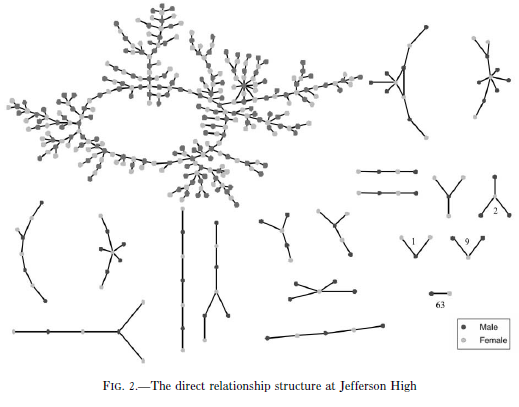2012/02/12
a list of problems for finance
The system [of finance] is too complex to be run on error-strewn hunches and gut feelings, but current mathematical models don’t represent reality adequately. The entire system is poorly understood and dangerously unstable. The world economy desperately needs a radical overhaul and that requires more mathematics, not less.
This article in the Guardian is a little late to the party and has an intentionally misleading headline, but brings up some points that are usually too esoteric to survive in print:
Any mathematical model of reality relies on simplifications and assumptions. The Black-Scholes equation was based on arbitrage pricing theory, in which both drift and volatility are constant. This assumption is common in financial theory, but it is often false for real markets. The equation also assumes that there are no transaction costs, no limits on short-selling and that money can always be lent and borrowed at a known, fixed, risk-free interest rate. Again, reality is often very different.
There are more false assumptions like Gaussianity of log-returns, complete markets, martingale price paths, etc., but these are merely technical complaints, which can be patched (as many are doing). The real issue is, as the author notes, “… instability is common in economic models … mainly because of the poor design of the financial system.” Namely, there is a lack of accounting for behavioral effects that result in feedback, which give rise to rather more fundamental issues that would require the “radical overhaul” alluded to in the opening quotation to resolve. There are some problems that could be tackled in this area.
(Read the article)


